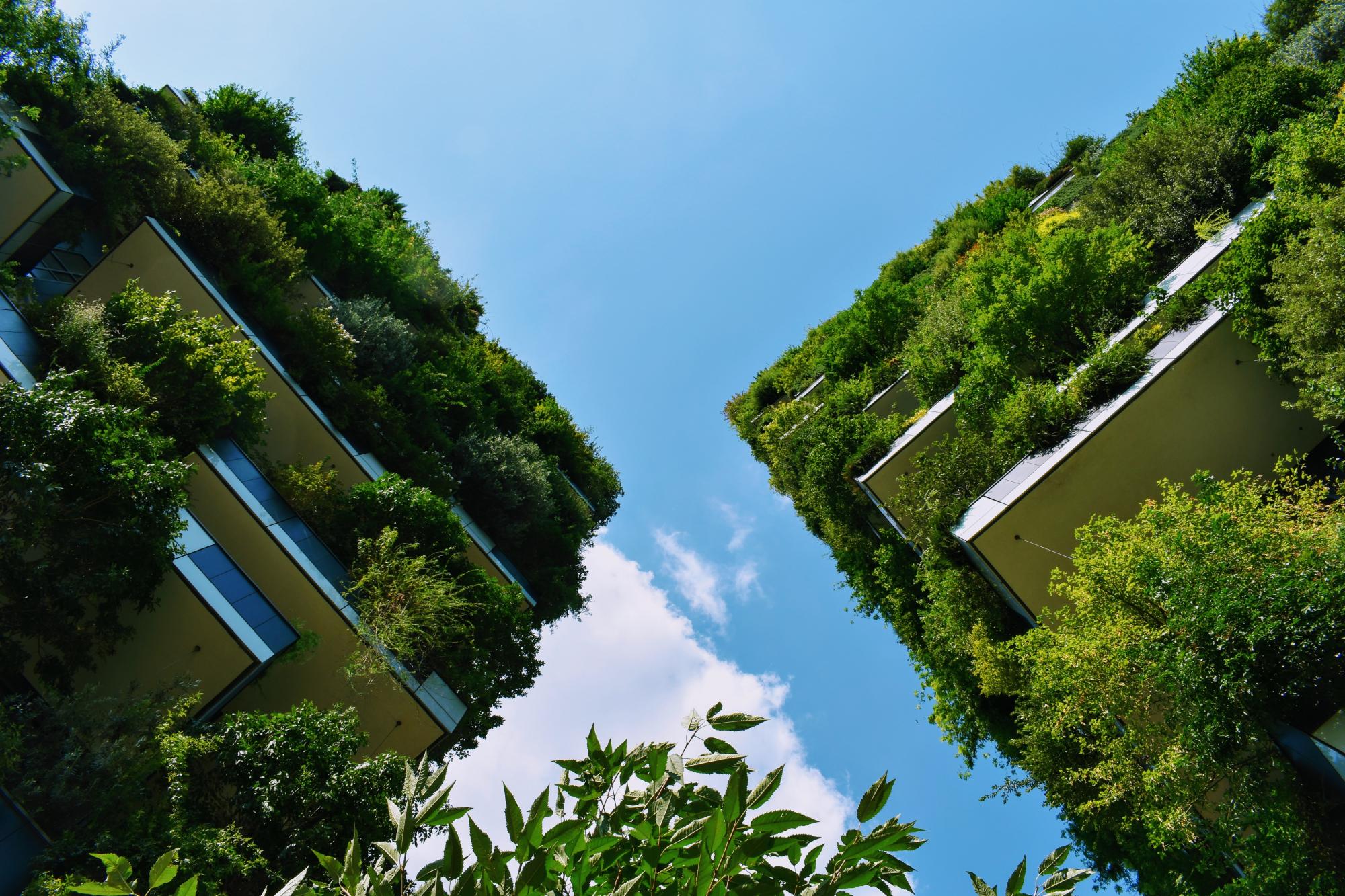Pakistan's first vertical farm was developed in the Sindh Industrial Trading Estate in Karachi, on a previous yarn factory. The owner had a background in environmentally friendly and futuristic plant growth technologies and wanted to convert them into a business model. And since "urban agriculture is immune to the constraints of climate", and the country has suffered a decrease in agriculture labour resources and land fragmentation, Sindh Industrial Trading Estate launched vertical farming practices as a business solution. (Ref: 1,5). In 2016, the owners set up a 60 ft room on the top floor of the old yarn factory into a futuristic farm by using hydroponic techniques to grow kale, rosemary and dozens of other vegetables under the purple glow of LED lights. Later on, the first floor of the factory was converted for vertical farming (Ref: 1). The project is a commercial venture, with agricultural products sold to the finest restaurants and supermarkets in the city. These eco-friendly practices ensure vegetable growth with maximum nutrients and require 90% less water as compared to traditional farming. (Ref: 1, 2)
Overview
Nature-based solution
- Community gardens and allotments
- Other
Key challenges
- Regeneration, land-use and urban development
- Conversion of former industrial areas
- Economic development and employment (SDG 8)
- Economic development: agriculture
- Employment/job creation
- Sustainable consumption and production (SDG 12)
- Sustainable production
Focus
Project objectives
Implementation activities
Main beneficiaries
- Private sector/Corporate/Company
- Citizens or community groups
- Food producers and cultivators (i.e. farmers, gardeners)
Governance
Management set-up
- Led by non-government actors
Type of initiating organisation
- Private sector/corporate actor/company
Participatory approaches/ community involvement
- Unknown
Details on the roles of the organisations involved in the project
Project implemented in response to ...
Financing
Total cost
Source(s) of funding
- Corporate investment
Type of funding
- Unknown
Non-financial contribution
Impacts and Monitoring
Environmental impacts
- Unknown
Economic impacts
- Increase in agricultural production (for profit or not)
- Generation of income from NBS
Socio-cultural impacts
- Social justice and cohesion
- Increased sustainability of agriculture practices
Type of reported impacts
Presence of formal monitoring system
Presence of indicators used in reporting
Presence of monitoring/ evaluation reports
Availability of a web-based monitoring tool
References
2. AgrinfoBank. (2020). Pakistan’s first indoor vertical hydroponic farm start production. Available at: Source link (Accessed: January 22, 2023)
3. MM News. (2021). What Is Vertical Farming? And How Vertical Farming Works. (Youtube). Available at: Source link (Accessed: January 22, 2023)
4. NUST ICT. (2019). Vertical Farms of Pakistan. (Youtube). Available at: Source link (Accessed: January 22, 2023)
5. Associated Press of Pakistan. (2022). Agri-scientist for opting vertical farming for beauty and productivity. Available at: Source link (Accessed: January 22, 2023)
6. Facebook (2019), Pakistan’s first urban vertical farm, available at Source link (Accessed February 8, 2023)



